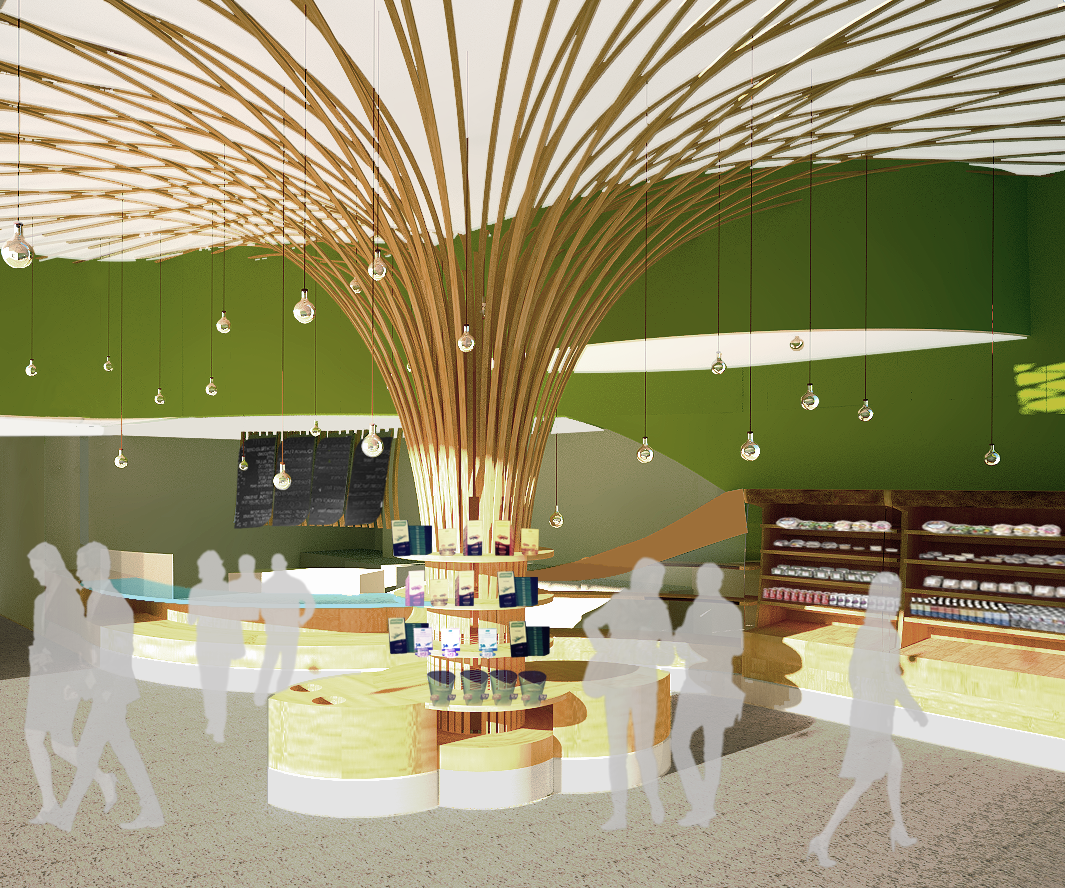Living in a small home or apartment in San Francisco can be challenging, especially when it comes to making the most of limited space. However, with thoughtful design strategies and creative solutions, you can transform even the smallest of spaces into a comfortable and functional living environment. In this guide, we’ll offer tips and design strategies for maximizing space in compact urban homes and apartments, particularly those in San Francisco.
1. Optimize Your Layout for Efficiency
The layout of your home is the foundation of maximizing space in small San Francisco homes. Efficient layouts are key to ensuring every square foot is used effectively. Consider open floor plans that combine living, dining, and kitchen areas into a single, cohesive space. This approach eliminates unnecessary walls, making your home feel larger and more open.
Tip: Focus on creating clear pathways and minimizing clutter in high-traffic areas. This will make your space feel more spacious and allow for easier movement throughout your home.
2. Invest in Multifunctional Furniture
In small spaces, every piece of furniture should serve more than one purpose. Multifunctional furniture is a must for compact living space solutions. Look for items like sofa beds, ottomans with storage, and fold-out dining tables. These pieces can help you maximize your space without sacrificing comfort or style.
Tip: Consider built-in furniture options, such as banquette seating with hidden storage or wall-mounted desks that can be folded away when not in use.
3. Use Vertical Space Wisely
When floor space is limited, look up! Utilizing vertical space is one of the most effective space-saving design strategies. Install tall shelving units, hanging storage, and wall-mounted cabinets to keep items off the floor and out of the way. This not only frees up valuable floor space but also draws the eye upward, making the room feel larger.
Tip: In bedrooms, consider lofted beds with storage or workspaces underneath to maximize the functionality of your vertical space.
4. Choose Light Colors and Reflective Surfaces
The color palette you choose can have a significant impact on how spacious your home feels. Light colors, such as whites, pastels, and soft neutrals, reflect more light, making small spaces feel brighter and larger. Reflective surfaces, like mirrors and glass, can also enhance the sense of space by bouncing light around the room.
Tip: Place mirrors opposite windows to reflect natural light and create the illusion of a larger room.
5. Incorporate Smart Storage Solutions
Smart storage is essential for maintaining a clutter-free environment in small homes. In San Francisco, where compact living is common, creative storage solutions can make a big difference. Utilize under-bed storage, built-in shelving, and furniture with hidden compartments to keep your belongings organized and out of sight.
Tip: Use storage baskets, bins, and drawer organizers to keep items tidy and easily accessible. Custom cabinetry can also be a great investment in maximizing storage in small spaces.
6. Embrace Minimalism
When space is limited, less is more. Embracing minimalism in your decor and belongings can help create a more open and airy feel in your home. Focus on keeping only the items that serve a purpose or bring you joy, and let go of unnecessary clutter.
Tip: Opt for a few statement pieces rather than overcrowding your space with decor. This will allow each piece to shine and prevent your home from feeling cramped.
7. Create Zones for Different Activities
Even in a small space, it’s important to create distinct zones for different activities. Use rugs, lighting, and furniture placement to define areas for sleeping, working, and relaxing. This helps to create a sense of order and makes your home more functional.
Tip: In a studio apartment, consider using room dividers or curtains to separate your sleeping area from the rest of the living space, creating a more private and cozy environment.
8. Utilize Outdoor Spaces
If you have access to outdoor space, such as a balcony, patio, or small yard, make the most of it. Outdoor spaces can serve as an extension of your living area, providing additional room for relaxation, dining, or even gardening.
Tip: Use compact outdoor furniture and vertical planters to maximize the functionality of your outdoor space without overcrowding it.
Conclusion
Maximizing space in small San Francisco homes requires a combination of smart design strategies, multifunctional furniture, and creative storage solutions. By optimizing your layout, using vertical space, and embracing minimalism, you can create a comfortable and functional living environment, even in the most compact of spaces.
Whether you’re living in a small apartment in the East Bay or a compact home in San Francisco, these tips can help you make the most of your space. With thoughtful planning and the right design choices, you can transform your small home into a stylish and efficient sanctuary.
Written by Chat GPT



